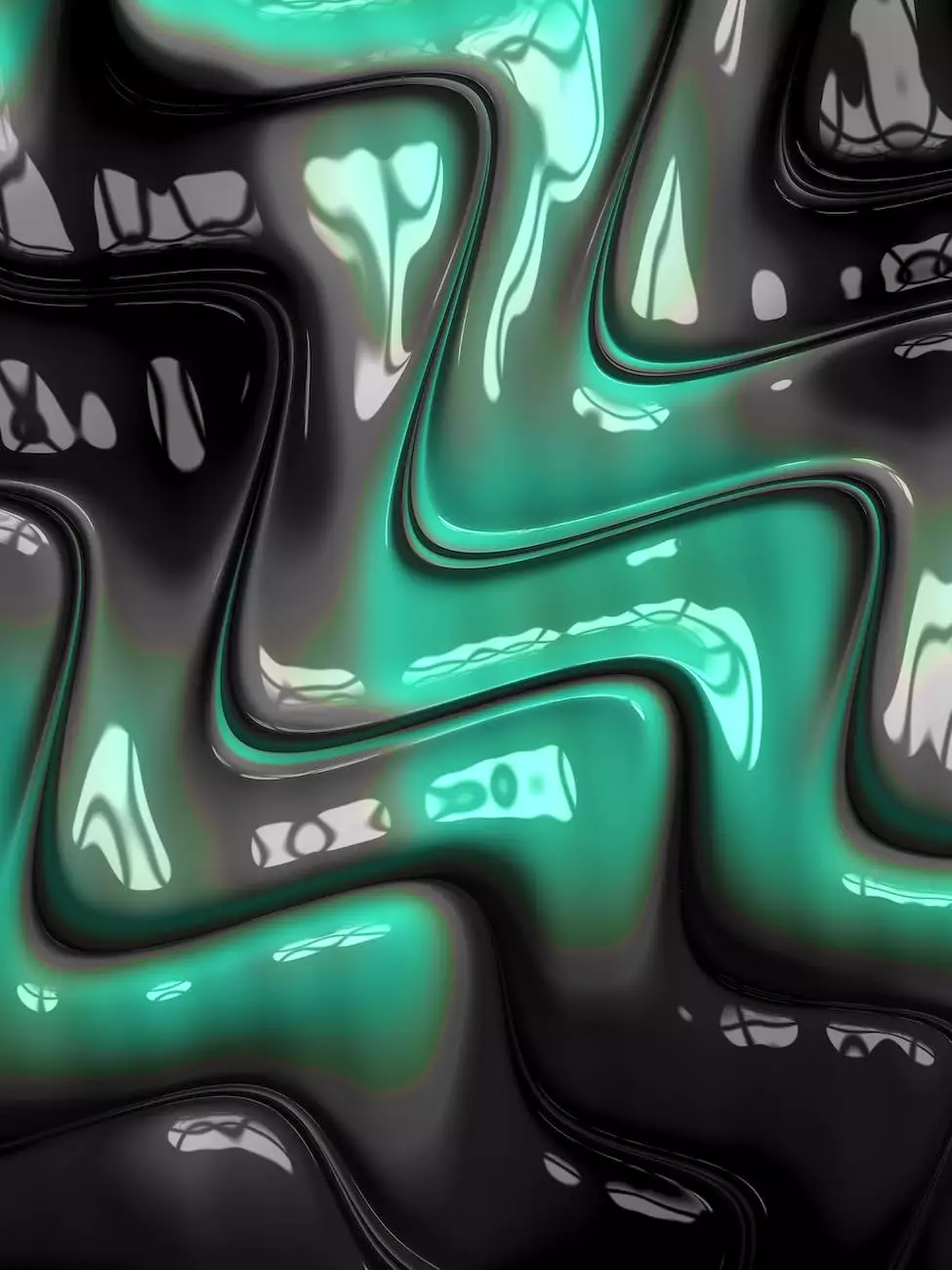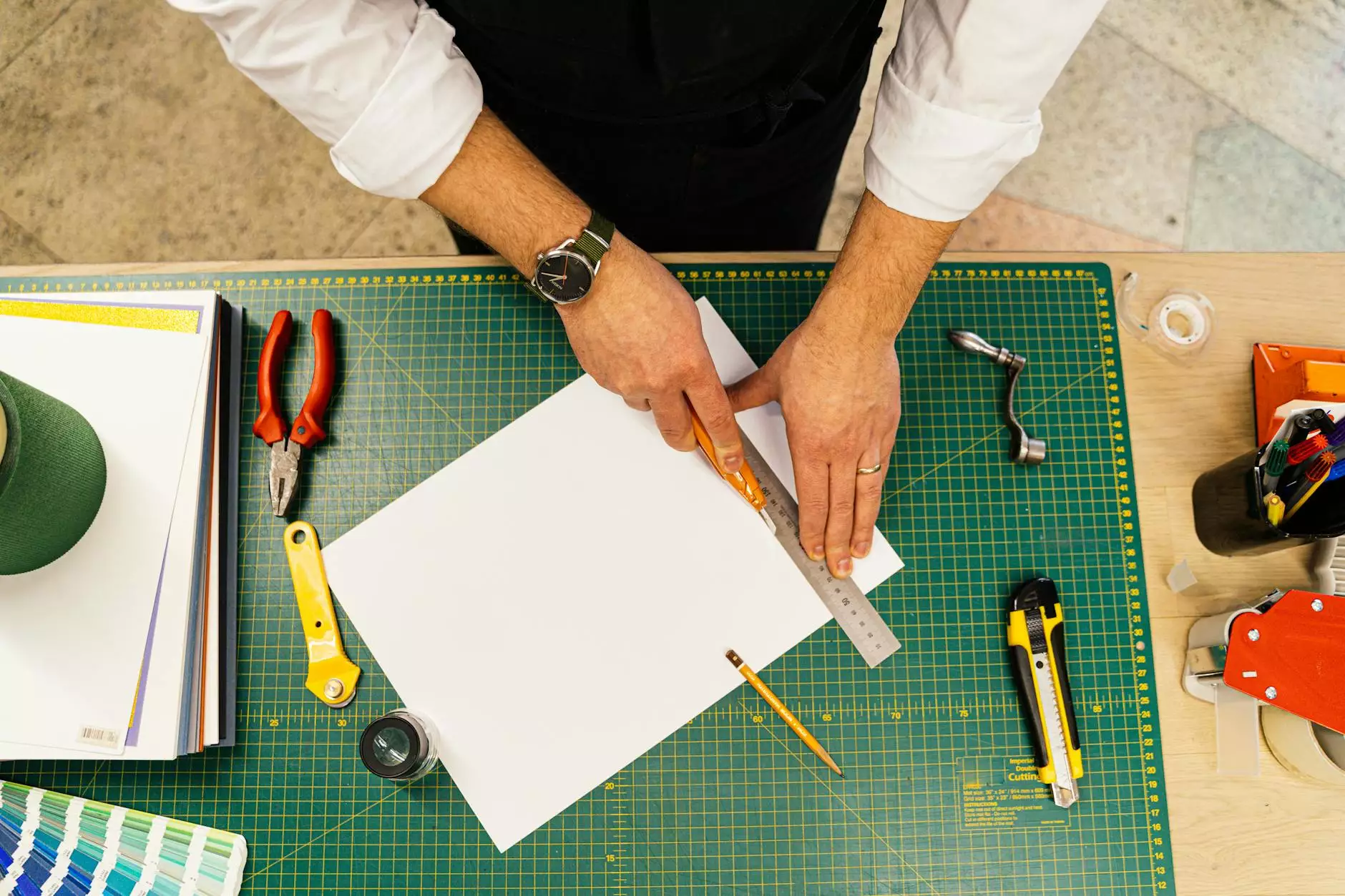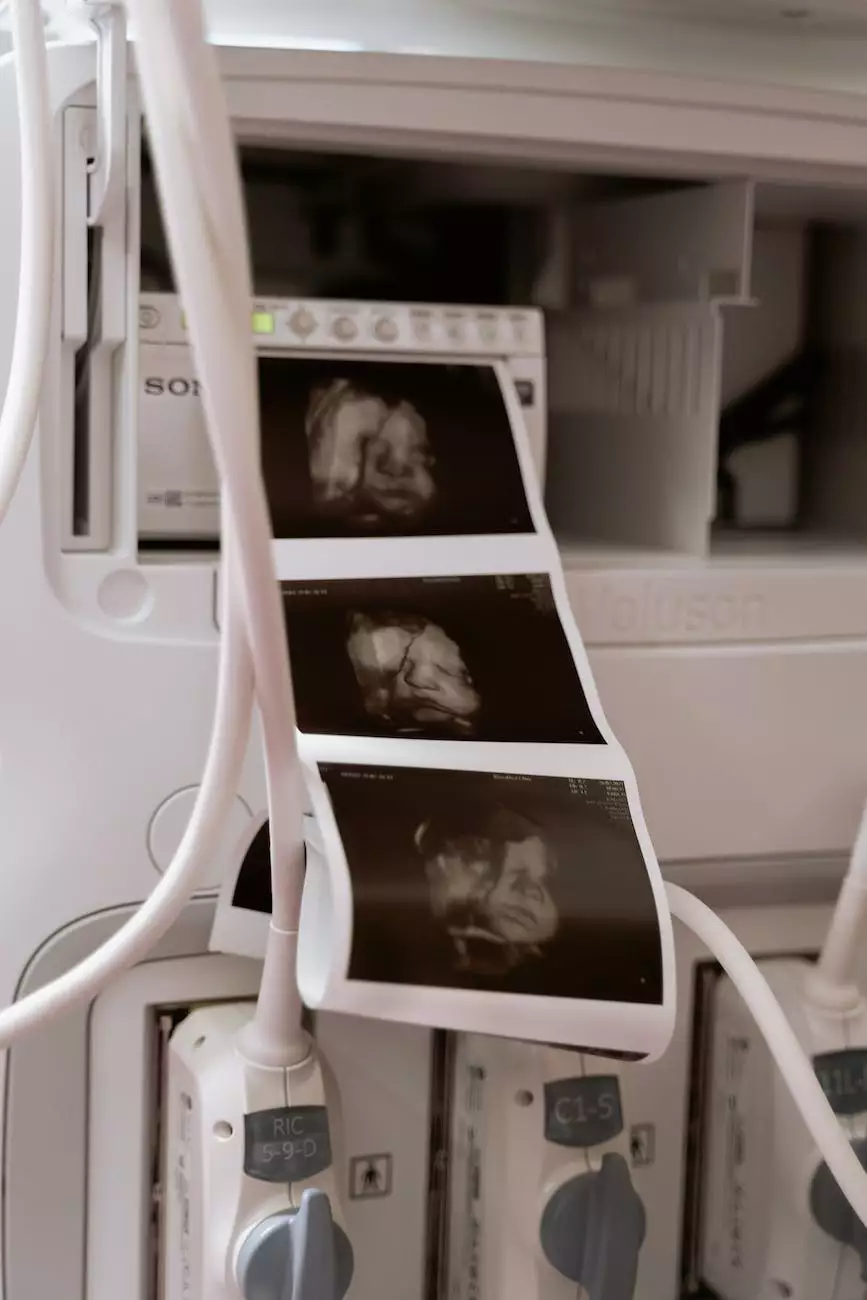3D Scanning Terminology
Design & Build Services
Introduction
At RPM Design and Prototype, we understand the importance of familiarizing yourself with the essential concepts and vocabulary related to 3D scanning. In this comprehensive guide, we provide you with an in-depth exploration of 3D scanning terminology. Whether you are a beginner or a professional in the field, this resource will help you better understand the intricacies of 3D scanning technology.
1. 3D Scanning
3D scanning is the process of capturing the physical appearance or shape of an object and creating a three-dimensional digital model. This technology utilizes various techniques such as laser scanning, structured light, or photogrammetry to gather data points that collectively form a digital representation of the object.
2. Point Cloud
A point cloud is a collection of individual data points in three-dimensional space. These points are obtained during the scanning process and represent the surface geometry of the scanned object. Point clouds serve as the foundation for creating accurate and detailed 3D models.
3. Laser Scanning
Laser scanning is a commonly used 3D scanning technique that utilizes laser beams to measure the distance to an object's surface. The laser scanner emits a laser beam that reflects off the object's surface, and the reflected light is measured to determine the distance. Laser scanning is highly accurate and capable of capturing intricate details.
4. Photogrammetry
Photogrammetry is the process of using photographs to obtain measurements, typically by analyzing the geometric properties of multiple images. In 3D scanning, photogrammetry involves capturing a series of photographs from different angles and using specialized software to reconstruct a 3D model based on the visual information contained in the images.
5. Resolution
Resolution refers to the level of detail that can be captured and represented in a 3D scan. It is determined by factors such as the scanning technique, hardware capabilities, and the distance between the scanner and the object. Higher resolution scans result in more accurate and detailed 3D models.
6. Mesh
A mesh is a three-dimensional representation of an object's surface that is composed of interconnected polygons or triangles. It is created from the point cloud data obtained during the scanning process. Meshes are widely used in various industries, including product design, engineering, and entertainment.
7. Texture Mapping
Texture mapping is the process of applying images or textures onto a 3D model's surface, giving it a realistic appearance. It involves mapping two-dimensional images onto the surface of the 3D model based on their UV coordinates. Texture mapping enhances the visual quality of the model and is often used in virtual reality applications and animations.
8. Accuracy
Accuracy refers to how closely the 3D scan represents the actual dimensions and shape of the scanned object. It is influenced by several factors, including the scanning technique, the sensor's accuracy, the stability of the scanning environment, and the level of post-processing performed on the captured data. Accurate 3D scans are crucial for applications such as reverse engineering and quality control.
9. Reverse Engineering
Reverse engineering is the process of capturing the geometry and specifications of an existing object and creating a digital model based on that data. 3D scanning plays a vital role in reverse engineering by providing a precise representation of the object, which can then be modified or replicated.
10. Quality Control
Quality control involves inspecting and verifying the accuracy and integrity of manufactured objects or parts. 3D scanning enables rigorous quality control processes by comparing the digitized 3D model of an object with its original design specifications. Deviations or defects can be easily identified, allowing for necessary adjustments to be made to ensure consistent quality.
11. Applications of 3D Scanning
3D scanning has a wide range of applications across various industries. Some notable applications include:
11.1 Product Design and Prototyping
3D scanning allows product designers and engineers to capture real-world objects and incorporate them into their designs. This technology enables efficient prototyping, as existing objects can be quickly and accurately replicated or modified.
11.2 Cultural Heritage Preservation
3D scanning plays a vital role in preserving cultural heritage by capturing detailed digital replicas of artifacts, sculptures, and archaeological sites. These digital representations can be used for historical documentation, restoration purposes, or educational exhibits.
11.3 Medical and Healthcare
In the medical field, 3D scanning is used for patient-specific anatomical modeling, prosthetics, orthotics, and surgical planning. It enables healthcare professionals to obtain accurate measurements and tailor treatments or devices to individual patients.
11.4 Entertainment, Gaming, and Virtual Reality
3D scanning technology is widely utilized in the entertainment industry for creating realistic 3D characters, environments, and special effects. It also enables the development of immersive virtual reality experiences and interactive gaming environments.
11.5 Architecture and Construction
Architects and construction professionals utilize 3D scanning to obtain precise measurements of existing structures or sites. The captured data can be used for renovation or expansion projects, clash detection, and creating as-built documentation.
11.6 Automotive and Aerospace
3D scanning aids in the design and manufacturing processes of vehicles and aircraft. It allows for accurate measurements and quality control throughout the production cycle, reducing errors and improving overall efficiency.
Conclusion
By delving into this comprehensive 3D scanning terminology guide, you have gained a deeper understanding of the essential concepts and vocabulary associated with this transformative technology. At RPM Design and Prototype, we strive to stay at the forefront of innovation, offering cutting-edge 3D scanning solutions to meet the unique needs of our clients. Whether you require reverse engineering, quality control, or any other application, our expertise in 3D scanning ensures accurate and reliable results. Contact us today to explore how 3D scanning can revolutionize your business.




